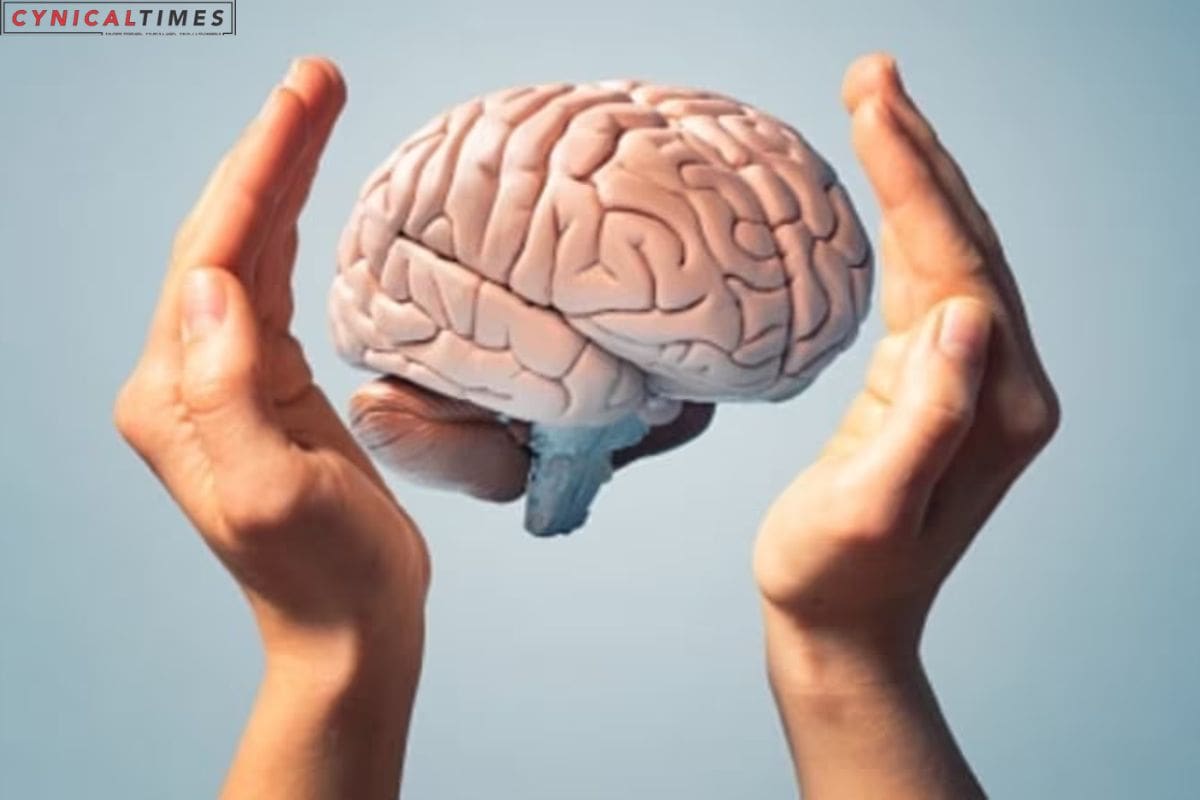Brain Response to Adverse Life Experiences: Adverse life experiences can significantly impact brain reactivity, potentially increasing the risk of mental illnesses. The multilevel kernel density analysis (MKDA) method was used on task-based functional magnetic resonance imaging (fMRI) studies in this study, which was just published in JAMA Network Open. The study looks into the complex link between bad things that happen in life and changes in brain activity. The prefrontal cortex (PFC), amygdala, and hippocampus are the parts of the brain that are most affected by bad events.
While animal studies have supported this notion, human data has shown variability due to differences in how adversity is defined, its measurement, and the diverse methods of study. Variability also arises from the use of various image acquisition and analysis techniques.
This meta-analysis, conducted using the MKDA method to account for these variations, offers more reliable insights compared to traditional methods like activation likelihood estimation (ALE). However, given the inconsistencies in human studies on brain responses to adversity, further research is imperative to comprehend the long-term neuroplastic changes resulting from adverse experiences.


The study adhered to the Preferred Reporting Items for Systematic Reviews and Meta-Analyses (PRISMA) reporting guidelines. Researchers conducted comprehensive literature searches across databases, including PsycINFO, Medline, EMBASE, and Web of Science, up to May 2022. Additional searches in the Brainmap database and gray literature were also performed.
The search terms combined trauma, adversity, neuroimaging, and various cognitive processes.
From the initial 2,016 abstracts identified, 336 met the criteria for in-depth review. Two reviewers assessed these articles, with a third reviewer resolving any discrepancies. Brain activation coordinate data were meticulously extracted and verified, and data were categorized to address the diverse definitions of adversity.
For statistical analysis, activation coordinates were grouped based on task type and participant groups. The MKDA method was employed to determine consistency across studies, and simulations validated the findings. The data analysis occurred between August and November 2022 using specialized software tools.


Also Read: Revolutionizing Diabetes Care: Precision Medicine’s Breakthroughs
The comprehensive analysis of 83 studies involving 5,242 participants revealed significant variations in blood-oxygen-level-dependent (BOLD) responses concerning adversity exposure. Notably, participants exposed to adversity exhibited enhanced amygdala responses in 67 studies and consistently diminished responses in the medial frontal gyrus in 47 other studies.
Further analyses within different domains such as emotion processing and inhibitory control showed intriguing patterns of brain activity based on adversity exposure. The study also explored the impact of trauma and different types of adversities on brain responses, shedding light on the association between adversity and psychopathological conditions like post-traumatic stress disorder (PTSD).
Additionally, the study considered developmental stages, revealing differences in brain responses to adversity across adults, adolescents, and children. Notably, adult data suggested that adversity exposure during adulthood could impact amygdala and PFC activity.
In conclusion, this study highlights the complex interplay between adverse life experiences and brain reactivity. It suggests that individuals with a history of severe adversity exhibit distinct patterns of brain activity, potentially impacting their risk of mental health conditions, including PTSD. Understanding these patterns is crucial for advancing our knowledge of the neural mechanisms underlying the impact of adversity on mental health.
Our Reader’s Queries
How is the brain affected by adverse childhood experiences?
Experiencing extreme poverty or repeated abuse without adult support can lead to toxic stress, as excessive cortisol disrupts developing brain circuits. This risk increases as the number of adverse early childhood experiences mounts, potentially causing developmental delays.
How do adverse factors impact upon the brain?
Experiencing abuse and neglect can have a detrimental impact on the brain’s structure, leading to an increased risk of stress-related disorders. These can include mental health issues, drug addiction, diabetes, and cardiovascular disease. It’s important to recognize the long-term effects of negative experiences and seek support to mitigate their impact on overall health and well-being.
What are the effects of adverse life events?
It’s no secret that tough life events can have a negative impact on a child’s mental health. However, some kids are able to overcome these challenges and maintain good mental health despite the obstacles they face. These resilient youth are a shining example of strength and perseverance in the face of adversity.
What are the effects of toxic stress for adverse childhood experiences?
Prolonged traumatic experiences can activate the stress response for an extended period, leading to the breakdown of the body’s organs and immune system. This can result in severe and chronic health problems for a child as they grow into adulthood.

